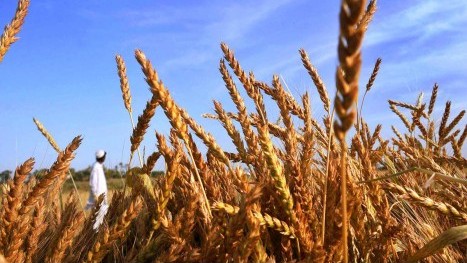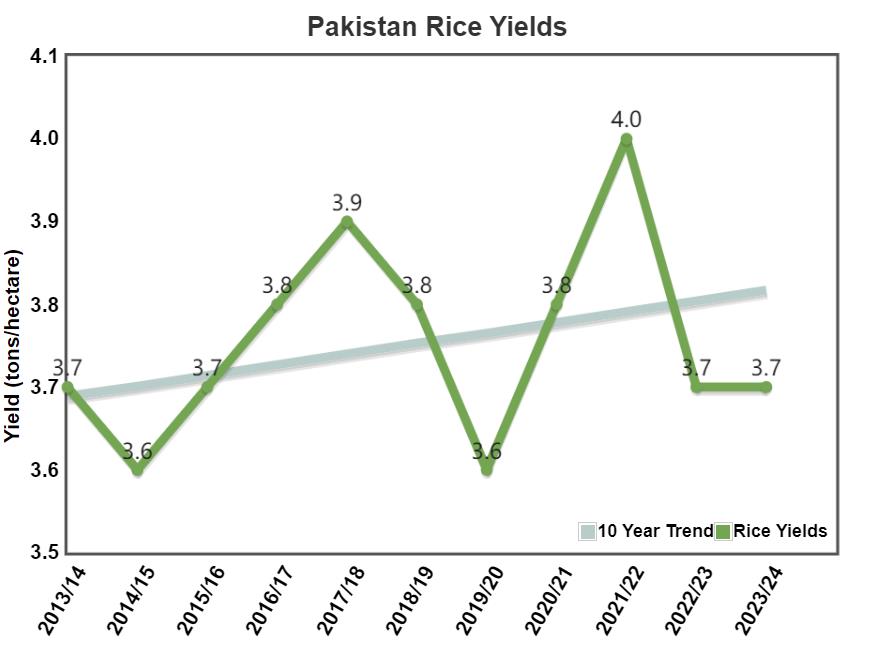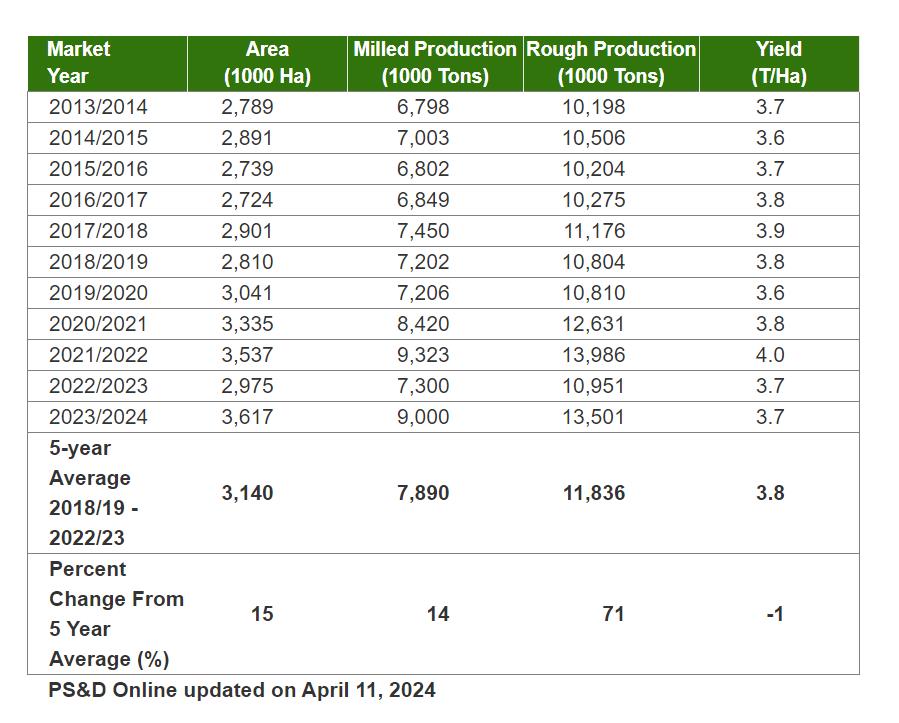Land fragmentation and its impacts
Division of land hits productivity due to failure to achieve economies of scale
AHMAD MUKHTAR
November 04, 2024
In terms of financial support, the representative from the State Bank of Pakistan informed the FCA that allocations of institutional credit for agriculture had substantially increased to Rs1,819 billion for 2022-23. PHOTO: file
ISLAMABAD: Land fragmentation is a significant issue in Pakistan, where agricultural land is divided into smaller and smaller plots over generations.
In Punjab, the most agriculturally productive region of Pakistan, land fragmentation is particularly severe. A study found that approximately 68% of total farms are small and subsistent, making it difficult to apply modern agricultural technologies effectively. In Sindh, land fragmentation has resulted in significant challenges for water management. The province relies heavily on irrigation from the Indus River, but fragmented landholdings make it difficult to implement efficient irrigation systems. This has led to water wastage and uneven distribution, exacerbating water scarcity issues.
In Khyber-Pakhtunkhwa (K-P), land fragmentation has been linked to increased poverty and migration. As landholdings become smaller, many farmers find it difficult to sustain their livelihoods, leading to migration to urban areas in search of better opportunities.
Balochistan faces unique challenges due to its arid climate and limited water resources. Land fragmentation in this region has made it difficult to implement sustainable agricultural practices, leading to soil degradation and reduced agricultural productivity.
This phenomenon has profound implications for agricultural productivity, economic stability, and food security. Understanding the causes and consequences of land fragmentation is crucial for developing effective policies to mitigate its negative impacts.
The main causes for land fragmentation are, firstly, the inheritance laws, which mandate the division of land among all heirs, leading to progressively smaller plots with each generation. This practice ensures equitable distribution but results in fragmented landholdings that are often too small for efficient farming. Secondly, the rapid population growth worsens land fragmentation. As families expand, the demand for land increases, leading to further subdivision. This trend is particularly pronounced in rural areas where agriculture is the primary livelihood.
Thirdly, the expansion of urban areas and industrial projects often encroaches on agricultural land, forcing farmers to sell or subdivide their holdings. This not only reduces the amount of land available for farming but also disrupts traditional agricultural practices.
The land fragmentation negatively impacts the agricultural productivity due to smaller farms and inability to achieve economies of scale. Modern farming techniques and machinery are often not feasible on small plots, leading to lower yields and higher production costs.
The smallholder farmers may also struggle to manage multiple small plots, leading to wasted resources and time. This inefficiency is compounded by the difficulty of implementing crop rotation and other sustainable practices on small plots.
The cost of cultivation also increases with land fragmentation. Farmers must invest more in fencing, irrigation, and transportation to manage scattered plots. These added costs reduce overall profitability and discourage investment in modern farming techniques.
The intensive farming on small plots can lead to soil degradation. Without the ability to leave land fallow or implement sustainable practices, soil fertility declines over time.
This degradation further reduces agricultural productivity and increases the need for chemical fertilisers, which can have long-term environmental impacts. Moreover, efficient water management is challenging on the fragmented land. Small plots often lack access to adequate irrigation infrastructure, leading to water wastage and uneven distribution. This issue is particularly critical in Pakistan, where water scarcity is a growing concern.
The reduced agricultural productivity directly affects the livelihoods of rural communities. Lower yields and higher costs lead to a decrease in income of farmers, contributing to rural poverty.
Extension services and agricultural cooperatives can play a key role in this effort.
Reforming inheritance laws to allow for more flexible land distribution can help to reduce fragmentation. Policies that promote land leasing and cooperative farming can also provide alternatives to traditional land division. Investing in rural infrastructure, such as roads, irrigation systems, and storage facilities, can help to improve the efficiency and productivity of fragmented farms. Better infrastructure can reduce the costs associated with managing small plots and improve access to markets.
Land fragmentation is a complex issue with far-reaching implications for agricultural productivity and rural livelihoods in Pakistan. Addressing this challenge requires a multifaceted approach that includes policy reforms, education, and investment in infrastructure.
By taking proactive measures to reduce fragmentation and support small-scale farmers, we can improve agricultural productivity, enhance food security, and promote sustainable rural developmen
















